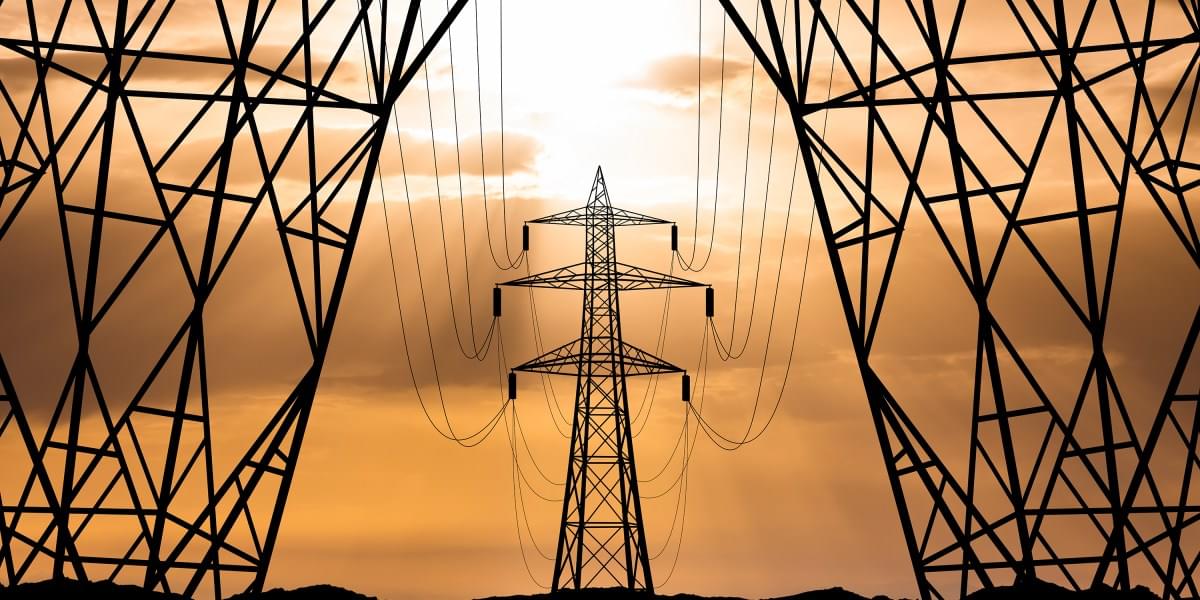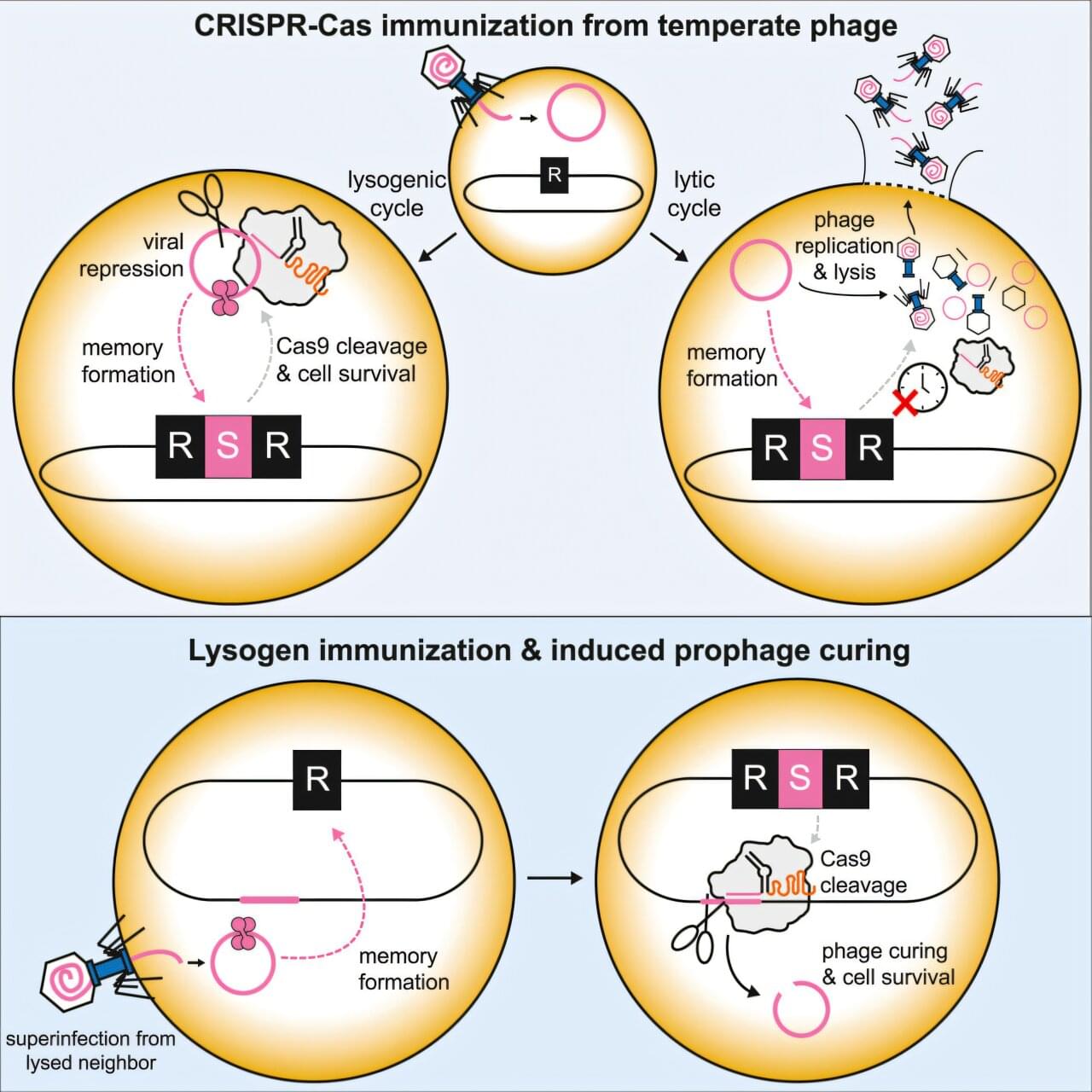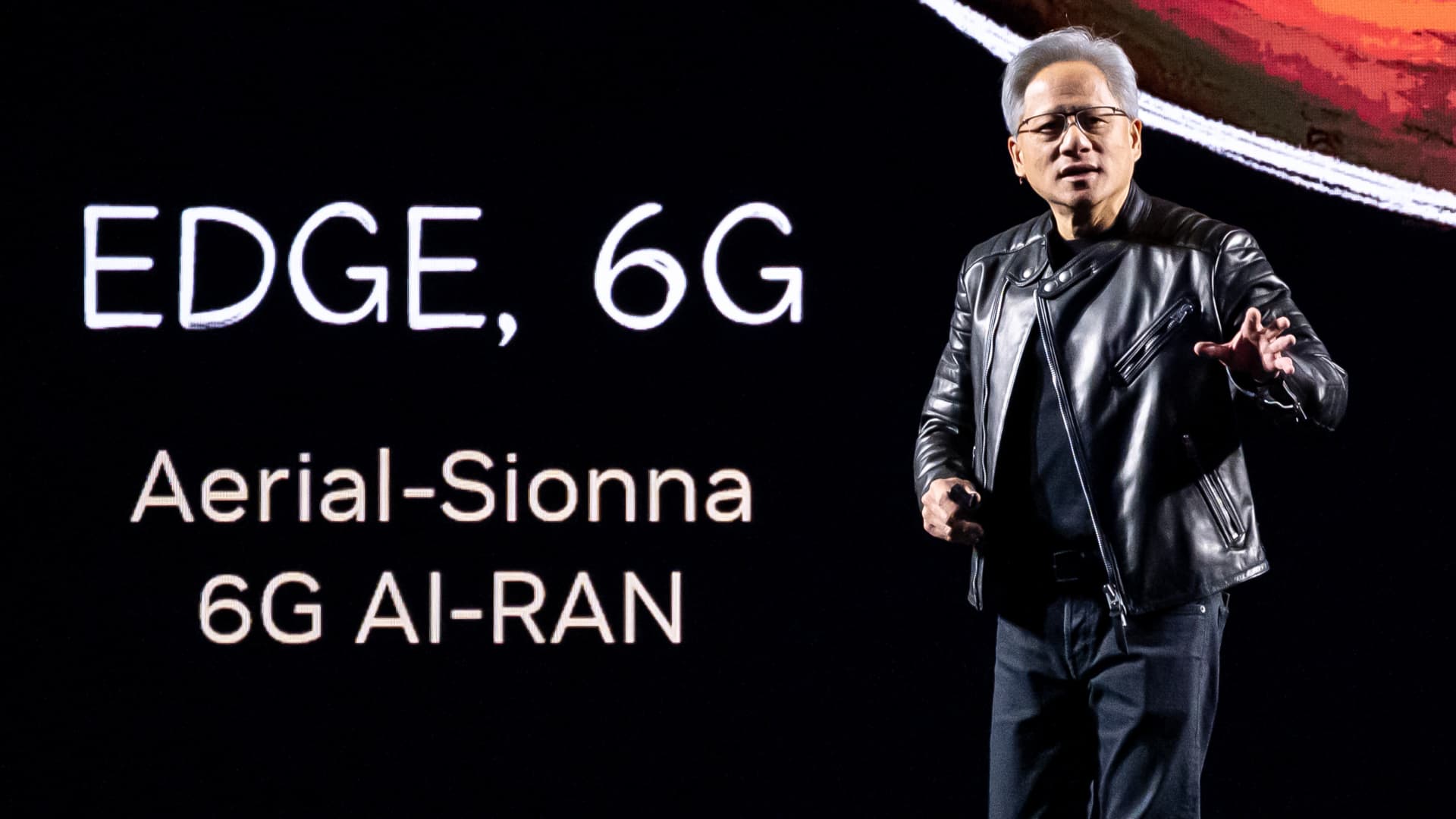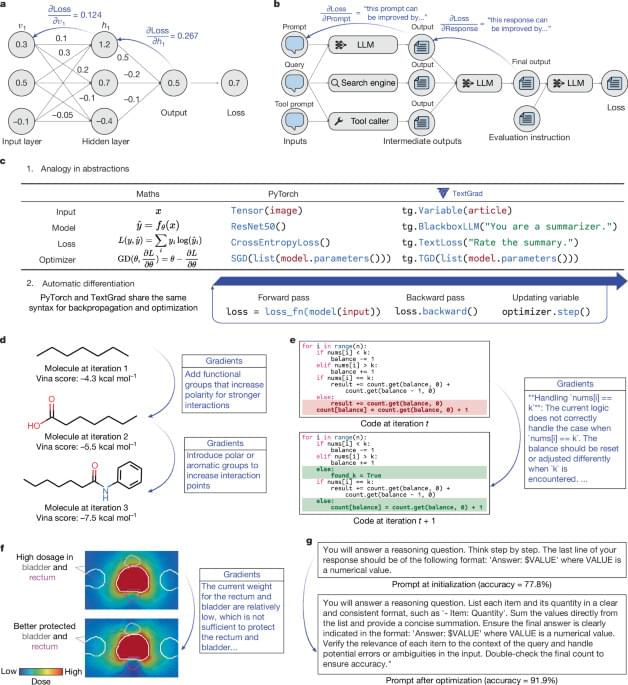Advanced transmission technologies could sidestep permitting challenges and clear the bottleneck holding up hundreds of gigawatts’ worth of renewable-energy projects.
Like people, bacteria get invaded by viruses. In bacteria, the viral invaders are called bacteriophages, derived from the Greek word for bacteria-eaters, or in shortened form, “phages.” Scientists have sought to learn how the single-cell organisms survive phage infection in a bid to further understand human immunity and develop ways to combat diseases.
Now, Johns Hopkins Medicine scientists say they have shed new light on how bacteria protect themselves from certain phage invaders—by seizing genetic material from weakened, dormant phages and using it to “vaccinate” themselves to elicit an immune response.
In their experiments, the scientists say Streptococcus pyogenes bacteria (which cause strep throat) take advantage of a class of phages known as temperate phages, which can either kill cells or become dormant. The bacteria steal genetic material from temperate phages during this dormant period and form a biological “memory” of the invader that their offspring inherit as the bacteria multiply. Equipped with these memories, the new population can recognize these viruses and fight them off.
This collaboration marks a significant step in both companies’ efforts to address the pressing needs in cancer treatment through innovative solutions.
OBT has developed a proprietary discovery platform, OGAP-Verify, which has enhanced sensitivity and specificity for identifying promising drug targets.
This platform is central to collaboration, as it allows for selecting targets with improved attributes crucial for effective drug development.
A team of physicists, engineers, opticians and photonics specialists at Zhejiang University, in China, working with a pair of colleagues from the University of Cambridge, in the U.K., has found a way to make pixels smaller by using perovskite. In their paper published in the journal Nature, the group describes how they used the mineral to create pixels as small as a virus.
As the research team notes, the rallying cry for electronics in the modern age is to add more technology to ever smaller base units. For computers, for many years, the goal was to double the number of transistors on a single integrated circuit. Similarly, reducing the size of pixels in video displays has led to sharper and sharper imagery.
The current standard for digital display technology is micro-LED, which is based on II-V semiconductors. Unfortunately, such technology becomes too expensive and inefficient to make pixels any smaller than the size currently in use. This led the team to wonder if a different base material might allow the creation of smaller pixels that would be both cost-effective and efficient. They turned to perovskite, the same mineral that is currently being investigated as a replacement for silicon in solar cells as a way to reduce costs.
At least two mass extinction events in Earth’s history were likely caused by the devastating effects of nearby supernova explosions. That’s according to a new study by researchers at Keele University in England. The researchers said these super-powerful blasts – caused by the death of a massive star – might have previously stripped our planet’s atmosphere of its ozone, sparked acid rain and exposed life to harmful ultraviolet radiation from the sun. They believe a supernova explosion close to Earth could be to blame for both the late Devonian and Ordovician extinction events, which occurred 372 and 445 million years ago respectively.
Nvidia’s sales are up more than sixfold since its business was transformed by the release of OpenAI’s ChatGPT in late 2022.
Generative artificial intelligence (AI) systems can be optimized using TextGrad, a framework that performs optimization by backpropagating large-language-model-generated feedback; TextGrad enables optimization across diverse tasks, including radiotherapy treatment plans and molecule generation.
A little over a year ago, Joseph Coates was told there was only one thing left to decide. Did he want to die at home, or in the hospital?
Coates, then 37 and living in Renton, Wash., was barely conscious. For months, he had been battling a rare blood disorder called POEMS syndrome, which had left him with numb hands and feet, an enlarged heart and failing kidneys. Every few days, doctors needed to drain liters of fluid from his abdomen. He became too sick to receive a stem cell transplant — one of the only treatments that could have put him into remission.
“I gave up,” he said. “I just thought the end was inevitable.”
But Coates’s girlfriend, Tara Theobald, wasn’t ready to quit. So she sent an email begging for help to a doctor in Philadelphia named David Fajgenbaum, whom the couple met a year earlier at a rare disease summit.
Scientists are using machine learning to find new treatments among thousands of old medicines.
This is the Fourier Transform. You can thank it for providing the music you stream every day, squeezing down the images you see on the Internet into tiny little JPG files, and even powering your noise-canceling headphones. Here’s how it works.
The equation owes its power to the way that it lets mathematicians quickly understand the frequency content of any kind of signal. It’s quite a feat. But don’t just take my word for it—in 1867, the physicist Lord Kelvin expressed his undying love for this fine piece of mathematics, too. He wrote, “Fourier’s theorem is not only one of the most beautiful results of modern analysis, but it may be said to furnish an indispensable instrument in the treatment of nearly every recondite question in modern physics.” And so it remains.
Math Will Tear Us Apart
In today’s column, I debunk the common myth that if we attain artificial general intelligence (AGI) the resultant AI will be a solo colossus or said-to-be “one big brain”
Let’s talk about it.
This analysis of an innovative AI breakthrough is part of my ongoing Forbes column coverage on the latest in AI, including identifying and explaining various impactful AI complexities (see the link here).








